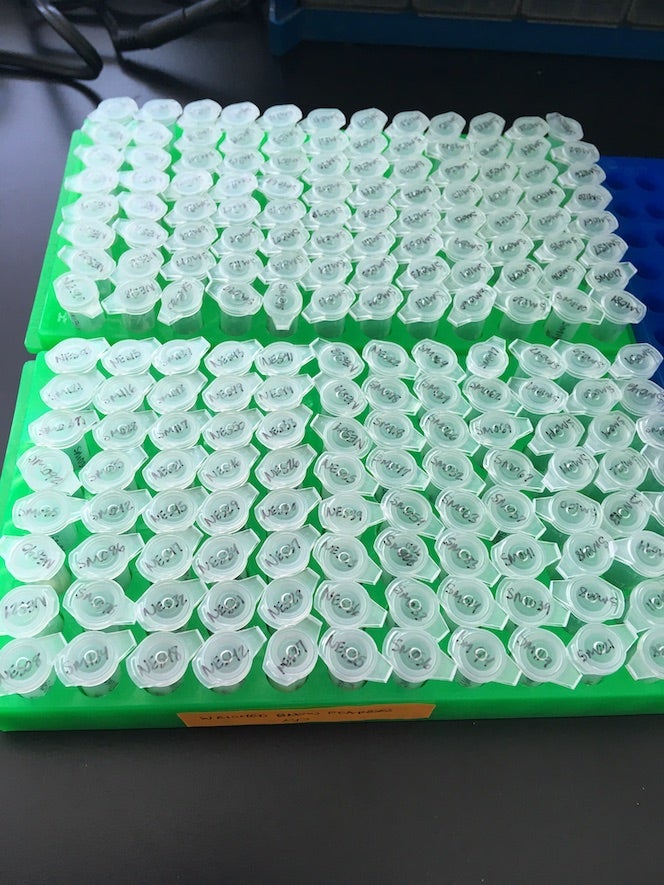Raptor Migration
With Dr. Julie Heath and Sadie Ranck from Biological Sciences, we use H and O isotopes to investigate movement in American kestrels.
Barn Owl Origins
In this project, with Dr. Jim Belthoff of the Raptor Research Center and a summer research student from the Research Experience for Undergraduates program (NSF), H isotopes are used to determine the origin of barn owls killed on the local highway.
Archaeological Science
H and O isotopes in bone collagen in archaeological samples are being investigated for their potential to determine past diet, migration, and to reconstruct past climate shifts by Dr. Linda Reynard with external collaborators and Dr. Erick Robinson from Anthropology.
Biogenic Phosphates
Our laboratory engages in extensive work on O- and C-isotope investigations of fossil tooth enamel and bone. Dr. Matt Kohn and colleagues developed one of the standard methods of separating and analyzing the PO4 component of biogenic phosphates (Dettman et al., 2001; Kohn et al., 2002), permitting rapid, accurate, and routine analysis. Our research focuses primarily on paleoclimate (δ18O) and paleoecology δ13C, recently integrating both records to understand ecological change in the context of climate drivers (e.g., Kohn & McKay, 2012).
Plant/Soil Carbon Cycling
Dr. Marie-Anne deGraaf is a major user of our laboratory, investigating both experimentally and in natural systems how interactions among plants and soil microbes affects the global carbon cycle
Past Projects
Hydrologic Cycle
In conjunction with the Dry Creek Experimental Watershed DCEW and the Cryosphere Geophysics and Remote Sensing CryoGARS research groups, we are using stable isotope profiles of the annual snowpack in the Boise Mountains to investigate water transport processes. In this work, we simultaneously retrieve information about upward transport of water vapor and downward transport of liquid water.
Grasshopper Ecology
We are currently working with Dr. César Nufio at the University of Colorado – Boulder to understand the H- and O-isotope variations in grasshoppers across an elevation transect. The CU-Boulder group focuses on the response of grasshopper species distributions, abundances and phenologies to climate change. Our work integrates with their collections to investigate both the water balance physiology and migration of grasshoppers through analysis of both body water and chitin.
Hominin ecology

Dr. Chris Hill uses C- and O-isotopes of fossil teeth and carbonates to investigate paleoenvironments of humans and their ancestors, for example in the late Pleistocene of North America and in Paleolithic sites of North Africa